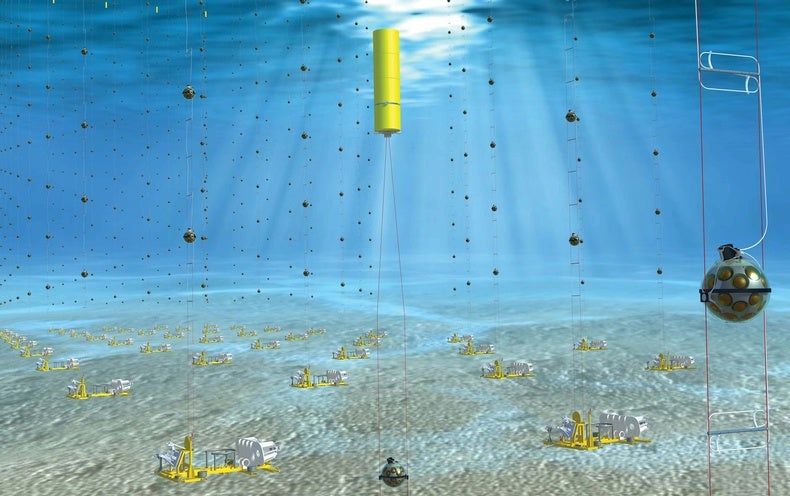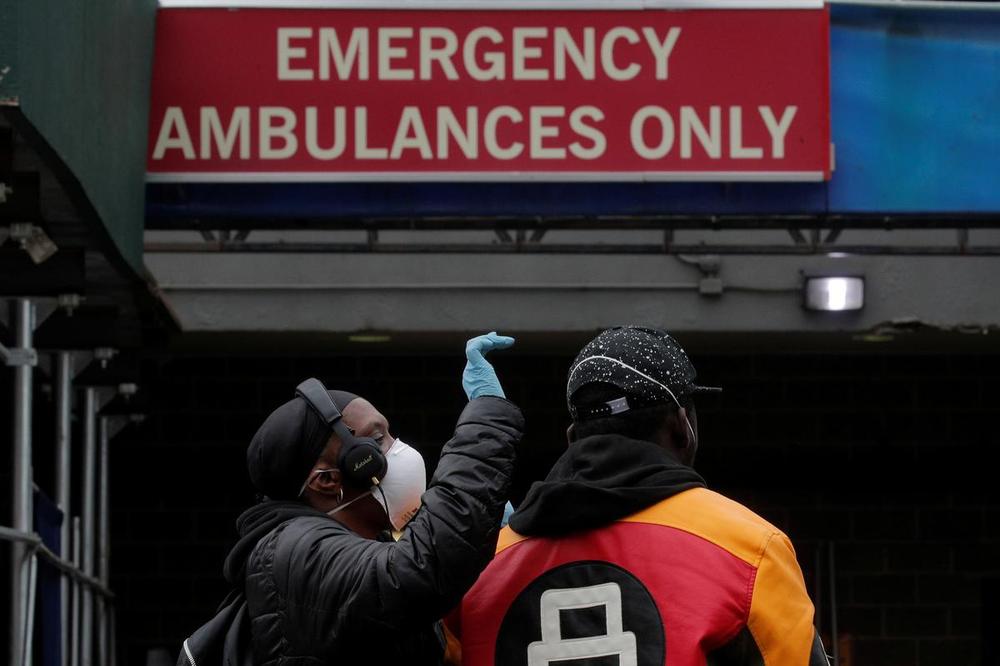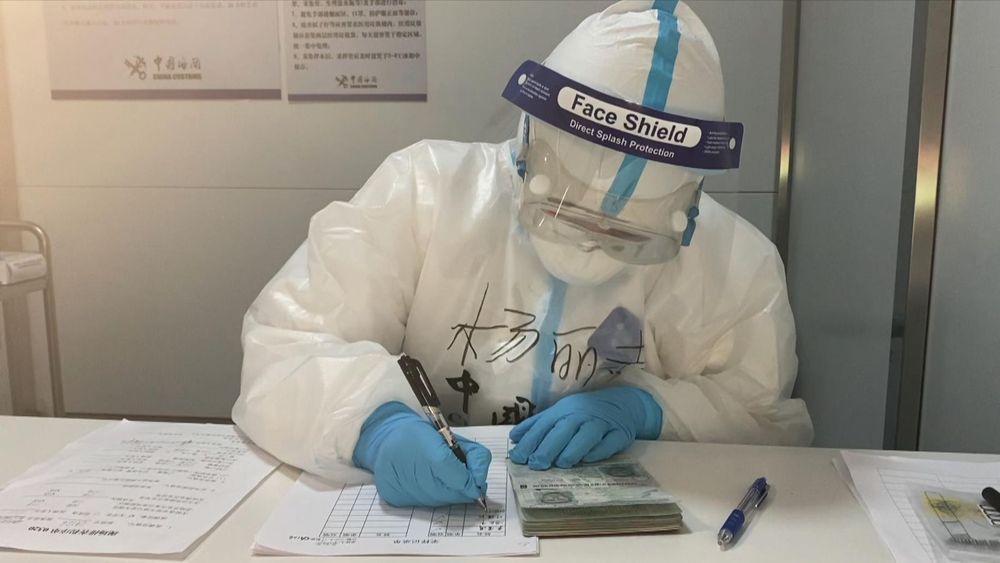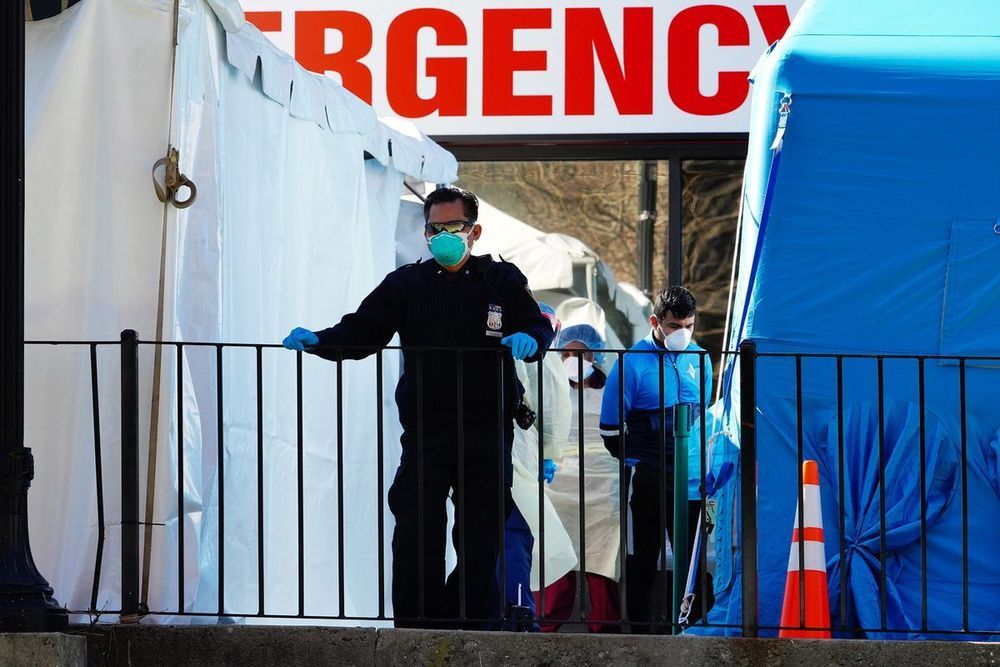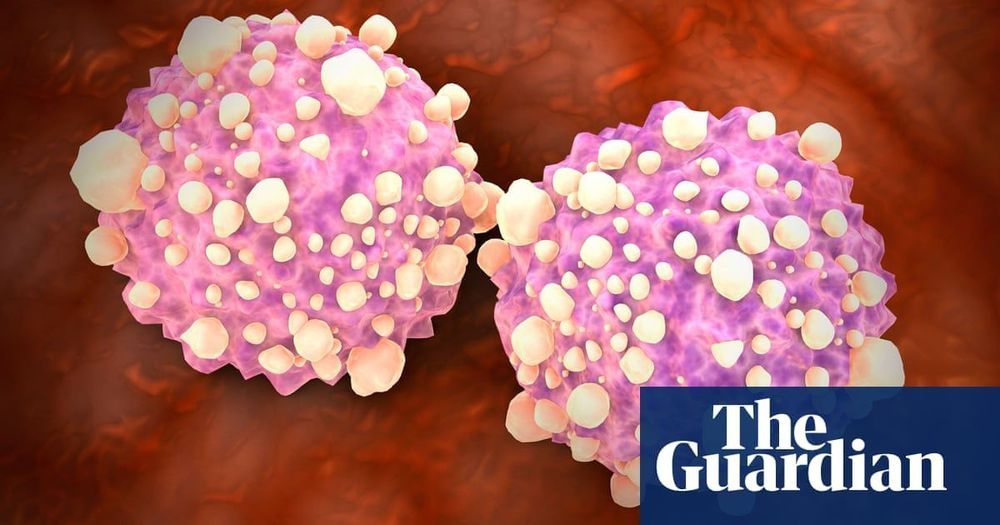Submarine neutrino detectors will hunt for dark matter, distant star explosions, and more.
(Reuters) — The U.S. Food and Drug Administration has authorized the emergency use of Bodysphere Inc’s test that can detect the coronavirus in nearly two minutes, the privately held company said on Tuesday.
The FDA has been rushing to approve tests on an emergency basis and last week approved Abbott Laboratories’ (ABT.N) test that can deliver results within minutes.
Bodysphere said it was working with the federal and state governments to deliver the test to the frontlines.
A Srinagar-based businessman who attended the Tablighi Jamaat congregation in Nizamuddin travelled by air, train and road to Delhi, Uttar Pradesh and back to Jammu and Kashmir before he died of Covid-19, raising fears he may have infected many others along the way, officials said on Tuesday. Among his possible victims is a doctor battling for life in a Jammu hospital.
The businessman died on March 26 in a Srinagar hospital, 19 days after he set off for the national capital.
He could have infected scores of people during his travels and about 300 people have been put under quarantine because of him, officials said.
Dr Anim drove his uncle to SMHS Hospital where the physicians suspected him to be a strong case of COVID-19 and referred the patient to Chest Disease Hospital where he tested positive. Two days later, he breathed his last.
“At SKIMS Soura and SKIMS Medical College, I begged for the screening of my uncle. At all the four hospitals, I revealed every detail of my uncle’s travel history. It was duly recorded,” Dr Anim said, refuting allegations that the family had concealed travel history of the deceased.
From Malaysia to Thailand, Pakistan and now India, the Tablighi Jamaat has spread the coronavirus further with large congregations taking place.
Hospitals are threatening to fire health-care workers who publicize their working conditions during the coronavirus pandemic — and have in some cases followed through.
Ming Lin, an emergency room physician in Washington state, said he was told Friday he was out of a job because he’d given an interview to a newspaper about a Facebook post detailing what he believed to be inadequate protective equipment and testing. In Chicago, a nurse was fired after emailing colleagues that she wanted to wear a more protective mask while on duty. In New York, the NYU Langone Health system has warned employees they could be terminated if they talk to the media without authorization.
Hospitals are threatening to fire health-care workers who publicize their working conditions during the coronavirus pandemic — and have in some cases followed through.
Ming Lin, an emergency room physician in Washington state, said he was told Friday he was out of a job because he’d given an interview to a newspaper about a Facebook post detailing what he believed to be inadequate protective equipment and testing. In Chicago, a nurse was fired after emailing colleagues that she wanted to wear a more protective mask while on duty. In New York, the NYU Langone Health system has warned employees they could be terminated if they talk to the media without authorization.
A 102-year-old woman has recovered from coronavirus in the northern Italian city of Genoa after spending more than 20 days in hospital, doctors who treated her and her nephew told CNN.
“We nicknamed her ‘Highlander’ – the immortal,” said doctor Vera Sicbaldi, who treated Italica Grondona in the San Martino hospital in Genoa.
“Italica represents a hope for all the elderly facing this pandemic.”
In 2002, my husband and I became seriously ill after a vacation to Martha’s Vineyard. It took ten doctors and a year to discover the root cause: We’d been bitten by unseen ticks harboring the parasites that cause Lyme disease and babesiosis, a malaria-like disease.
Our road to recovery was grueling, requiring five years of intermittent antimicrobial treatments. Later, I discover that my situation wasn’t all that uncommon. About one in five Lyme patients continue to suffer from ongoing symptoms after being treated with the recommended course of antibiotics. After that experience, it was abundantly clear that we need better treatments.
That’s why I was excited to hear about a study from Stanford Medicine researchers and their collaborators that provides evidence that the drug azlocillin eliminates the bacteria that cause Lyme disease at the onset of infection in lab mice and cultures.
